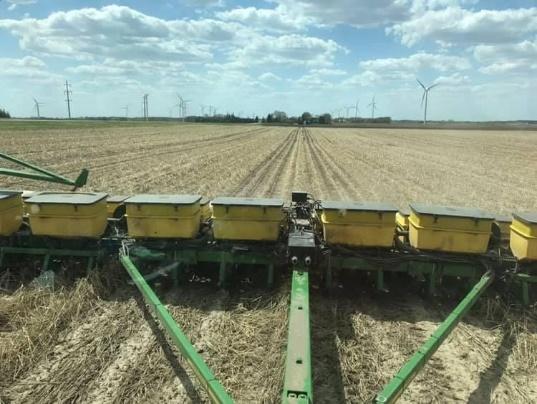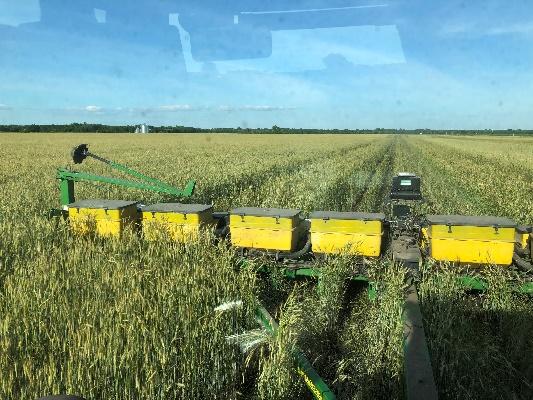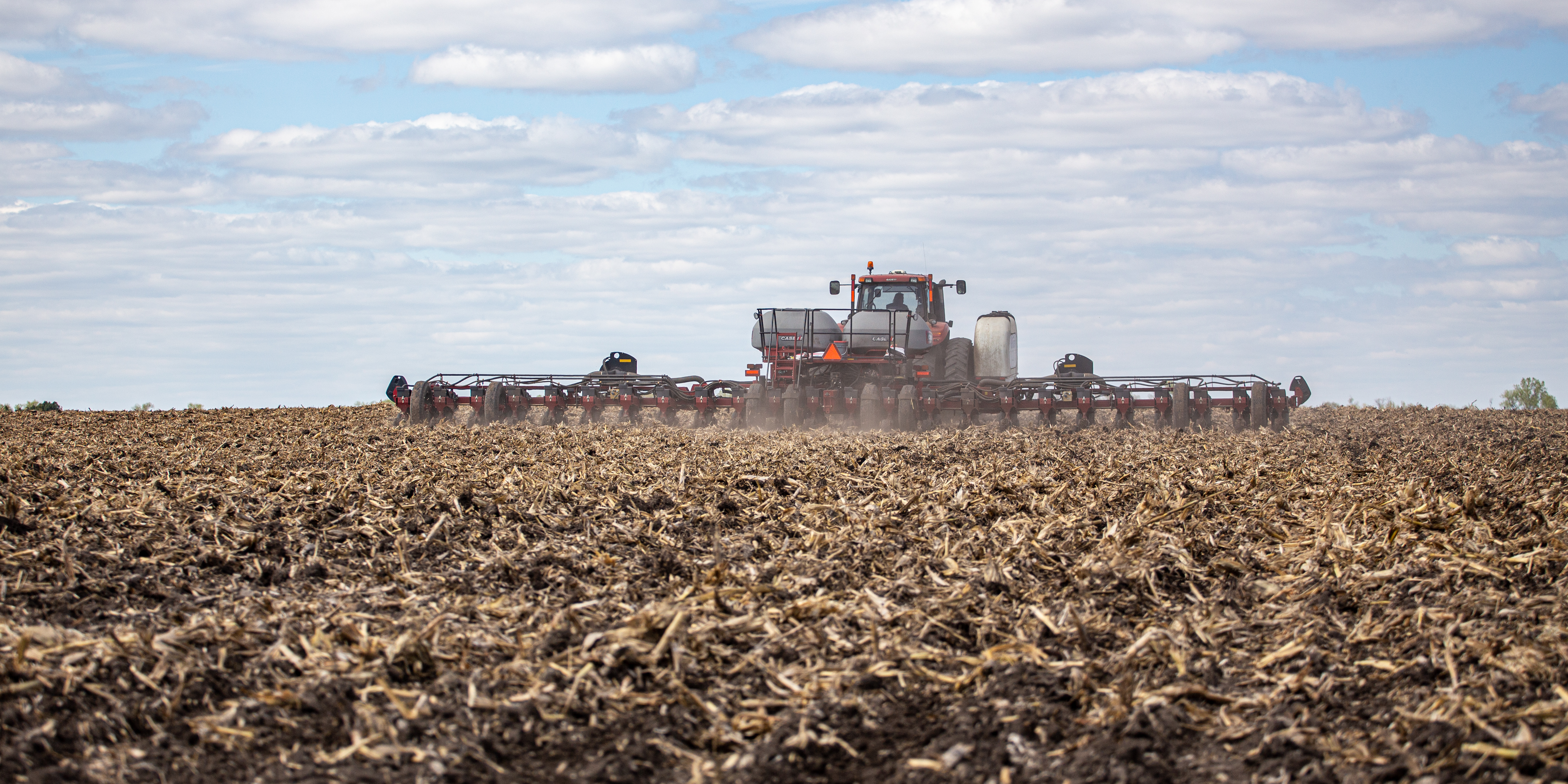AGRONOMICSUPPORT
YOU CAN TAKETO THE FIELD
Don’t Skip These Four Steps When Planting into Conservation Systems
While the erosion control and soil health benefits associated with cover crops and limited tillage have piqued farmers’ interest, the management shifts they require can be daunting. Justin Krell, area agronomy manager with LG Seeds, shares four steps for successfully planting into conservation systems.
#1. Tune up the planter

Krell reminds farmers planting into conservation systems to keep row cleaners, downforce management and closing wheels top of mind.
“Whether you’re planting into a living cover crop or a terminated one, row cleaners are No. 1,” Krell says. “Getting residue out of the way so it doesn’t interfere with seed-to-soil contact is critical and makes for a smoother ride for the planter.”
Since many cover crop users also incorporate strip-till or no-till, Krell says, “Downforce management and keeping planter depth accurate are other priorities. Managing less-disturbed soil requires more downforce management versus conventional systems.”
Farmers new to conservation systems and especially no-till also need to make sure they’re applying enough closing wheel pressure to cover the trench. Krell says, “Farmers can have perfect downforce management and get the seed exactly where they want it, but if they’re not closing that seed trench, the effort will be wasted.”
#2. Wait for the right conditions to terminate cover crops
Farmers also need to think through cover crop termination. Mowing, roller crimping and herbicide termination are all effective methods.
Temperature and timing also come into play, especially for corn. “Herbicide termination should be done on a warmer day to improve uptake. In early spring, I recommend waiting until the middle of the day when it’s the warmest and using a good chemistry,” Krell says. “Herbicide termination should also be done prior to the boot or heading stage for cover crops like rye.”
While less commonly used, a roller crimper is also effective at terminating a cover crop, so long as the cover crop is in the reproductive stage when it’s rolled. It can be a costly piece of equipment, though. Krell advises farmers to check with local co-ops or Soil and Water Conservation Districts to see if roller crimpers are available for rent.
Krell encourages farmers to have a late season plan in place with their chemical providers in case of any termination issues.
#3. Compensate for nitrogen tie-up
One of the biggest changes when it comes to adopting cover crops is nitrogen management, Krell says. Cover crops tie up nitrogen early in the season. This is especially true for corn following rye.
“To avoid early-season nitrogen deficiencies, farmers may need to apply up to 50% of their nitrogen at or near planting,” says Krell. The nitrogen in the cover crop will come available to the crop later in the season.
“You don’t need to apply more nitrogen. You just need to move the timing up to meet the needs of your corn crop,” Krell says.
#4. Make strategic seed choices

Farmers in a conservation system also need to select seeds with good emergence that are well rated for no-till soils. “Check with your seed dealer for their product recommendations,” Krell advises. “LG Seeds offers a number of products that have the emergence strength needed for no-till systems.”
Krell also recommends farmers use seed treatments to defend against the threats presented by the cooler, wetter soils of a no-till system. He says the added protection is especially important for soybean seedlings vulnerable to threats like Pythium and sudden death syndrome, particularly in Northern environments.
For more information on managing conservation systems, farmers can contact their local LG Seeds agronomist.






Agronomy Team